Forums
- Forums
- Duggy's Reference Hangar
- IJAAF Library
- Nakajima Ki-27
Nakajima Ki-27
Post a reply
- Go to Previous topic
- Go to Next topic
- Go to Welcome
- Go to Introduce Yourself
- Go to General Discussion
- Go to Screenshots, Images and Videos
- Go to Off topic
- Go to Works in Progress
- Go to Skinning Tips / Tutorials
- Go to Skin Requests
- Go to IJAAF Library
- Go to Luftwaffe Library
- Go to RAF Library
- Go to USAAF / USN Library
- Go to Misc Library
- Go to The Ops Room
- Go to Made in Germany
- Go to Campaigns and Missions
- Go to Works in Progress
- Go to Juri's Air-Raid Shelter
- Go to Campaigns and Missions
- Go to Works in Progress
- Go to Skinpacks
- Go to External Projects Discussion
- Go to Books & Resources
-
13 years agoSat Dec 31 2022, 01:49pmDuggy
 Main AdminTaken from Wikki.
Main AdminTaken from Wikki.
In 1935, the Imperial Japanese Army held a competition between Nakajima, Mitsubishi, and Kawasaki to design a low-wing monoplane to replace the Kawasaki Ki-10 (Army Type 95 Fighter) biplane. The new fighter was to have also a better performance than the experimental Mitsubishi Ki-18.
The results were the Nakajima Ki-27, the Kawasaki Ki-28, and the Mitsubishi Ki-33 (a modification of the Mitsubishi A5M carrier-based fighter). The Nakajima design was based on its earlier Ki-11 monoplane fighter which lost to the Ki-10 in the Type 95 Fighter competition. When the follow-up Nakajima Ki-12 proposal with a liquid-cooled engine and retractable landing gear was deemed too complex by the Japanese officials, the Ki-27 was designed by Koyama Yasushi to have an air-cooled radial engine and fixed landing gear. The aircraft had the Nakajima trademark wing with a straight leading edge and tapered trailing edge which would reappear again on the Ki-43, Ki-44, and Ki-84.
The Ki-27 made its first flight on 15 October 1936. Although it had a slower top speed and worse climb performance than its competitors[9], the Army chose the Nakajima design for its outstanding turning ability granted by its remarkably low wing loading. The Army ordered 10 pre-production samples (Ki-27a) for further testing, which featured an enclosed cockpit with sliding canopy and larger wings.
The type was officially accepted into service in 1937 as the Army Type 97 Fighter. In addition to Nakajima, the Ki-27 was also manufactured by Tachikawa Aircraft Company Ltd and Manshukoku Hikoki Seizo KK, with a total of 3,368 built before production ended in 1942.
The Ki-27 was the Imperial Japanese Army Air Force's main fighter until the start of World War II. When placed into combat service over northern China in March 1938, the Ki-27 enjoyed air superiority until the introduction of the faster Soviet-built Polikarpov I-16 fighters by the Chinese.
In the 1939 Battle of Khalkhin Gol against the USSR in Mongolia, the Ki-27 faced both Polikarpov I-15 biplane and the I-16 monoplane fighters. In the initial phase of the conflict, its performance was a match for the early I-16 models it faced, and considerably superior to the I-15 biplane. With clearly better trained and experienced Ki-27 pilots, the IJAAF gained aerial superiority. The deficiencies of the Ki-27 included a lack of armor protection for the pilot, absence of self-sealing or fire suppression in the fuel tanks and inadequate armament of two 7.7 mm (.303 in) machine guns. Despite these faults, whenever Ki-27s managed to scatter an enemy formation and engage in dogfights, the Soviets had little chance of escaping unscathed.
Later the Soviet Air Force started to receive improved and new types including an improved I-16. The faster, more heavily armed, armored and more robust I-16 proved to be superior to the Ki-27. The new I-16 also allowed Soviet pilots to routinely escape from the Ki-27 in a dive. The VVS started to use new combat tactics consisting of flying in large tightly knit formations, attacking with altitude and/or speed advantage, and hit-and-run (high-energy) tactics. Consequently, as Japanese pilots began to be exhausted by the strain of constant combat, losses soon became heavy, and as a result, in spite of the Ki-27's excellent maneuverability and early performance, the Japanese claim of 1,252 downed enemy aircraft (six times the official Soviet losses number and three times as high as the actual number of committed Soviet aircraft in total is clearly unrealistic. Top scoring pilot of the incident and top scoring IJAAF pilot on the Ki-27 and overall WW2 IJAAF ace was Warrant Officer Hiromichi Shinohara, who claimed 58 Soviet planes (including a IJAAF record of 11 in one day) whilst flying Ki-27s, only to be shot down himself by a number of I-16s on 27 August 1939.
The preference of Japanese fighter pilots of the Ki-27's high rate of turn caused the Army to focus almost exclusively on maneuverability, a decision which came back to haunt them later as it handicapped the development of faster and more heavily-armed fighters. The Ki-27 served until the beginning of World War II in the Pacific, escorting bombers attacking Malaya, Singapore, Netherlands East Indies, Burma and the Philippines (where it initially fared poorly against the Brewster Buffalo).
The type also saw extensive action against the American Volunteer Group in the early months of the war. Soon outclassed by the American Curtiss P-40s, the Ki-27 was replaced in front line service by the Nakajima Ki-43, with surviving examples continued to serve as a trainer.
The Ki-27 was also exported for use with Manchukuo and Thai armed forces, seeing combat with both. In Thai service, Ki-27s reportedly damaged two P-51 Mustangs and shot down one P-38 Lightning. Near the end of World War II, a few Ki-27s were equipped with up to 500 kg (1,100 lb) of explosives for a kamikaze role.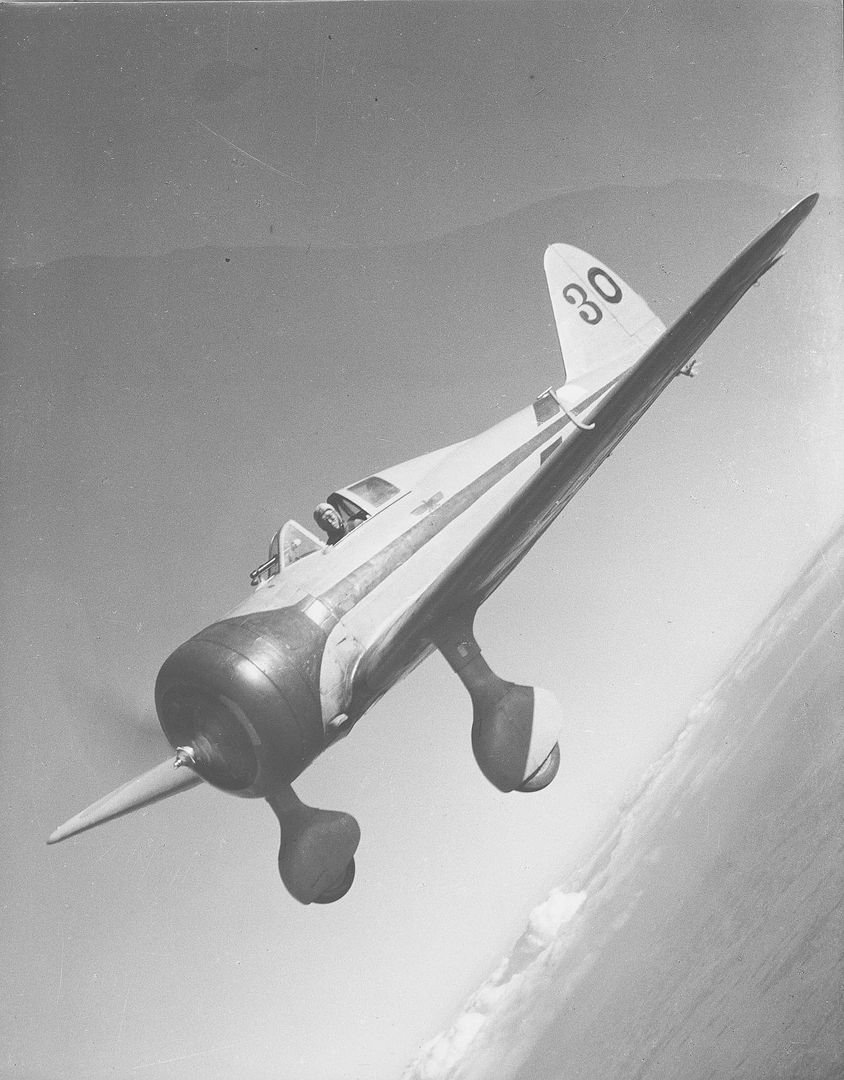
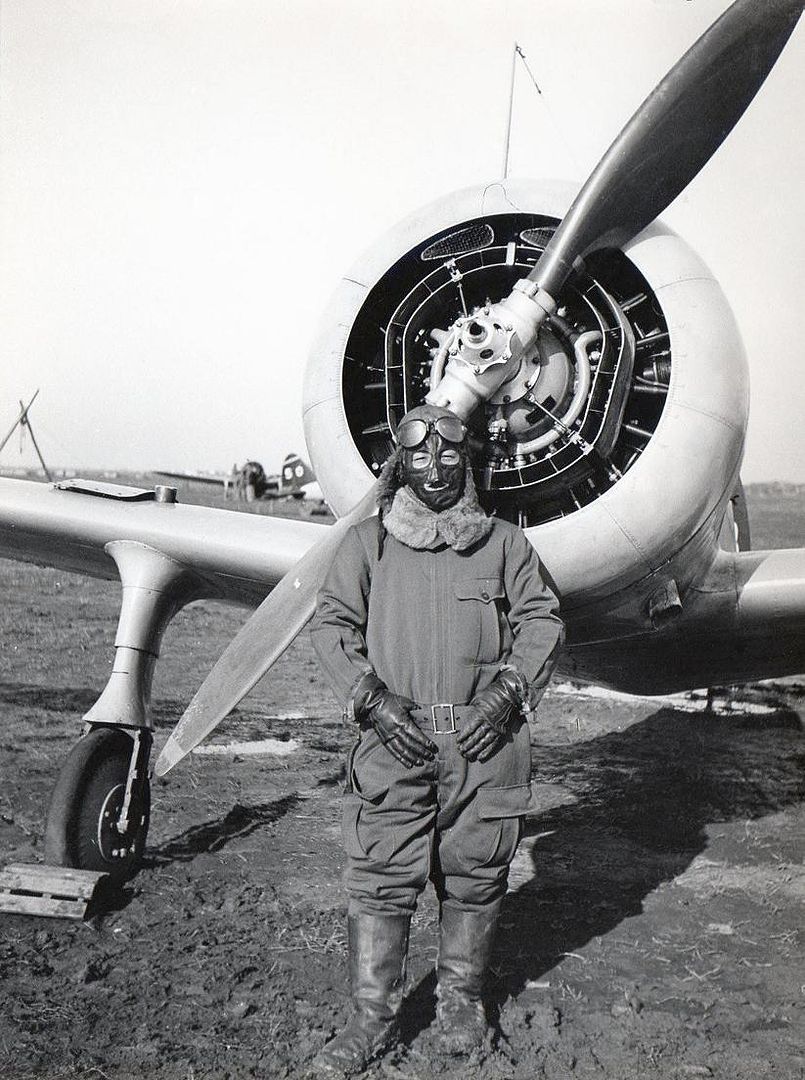
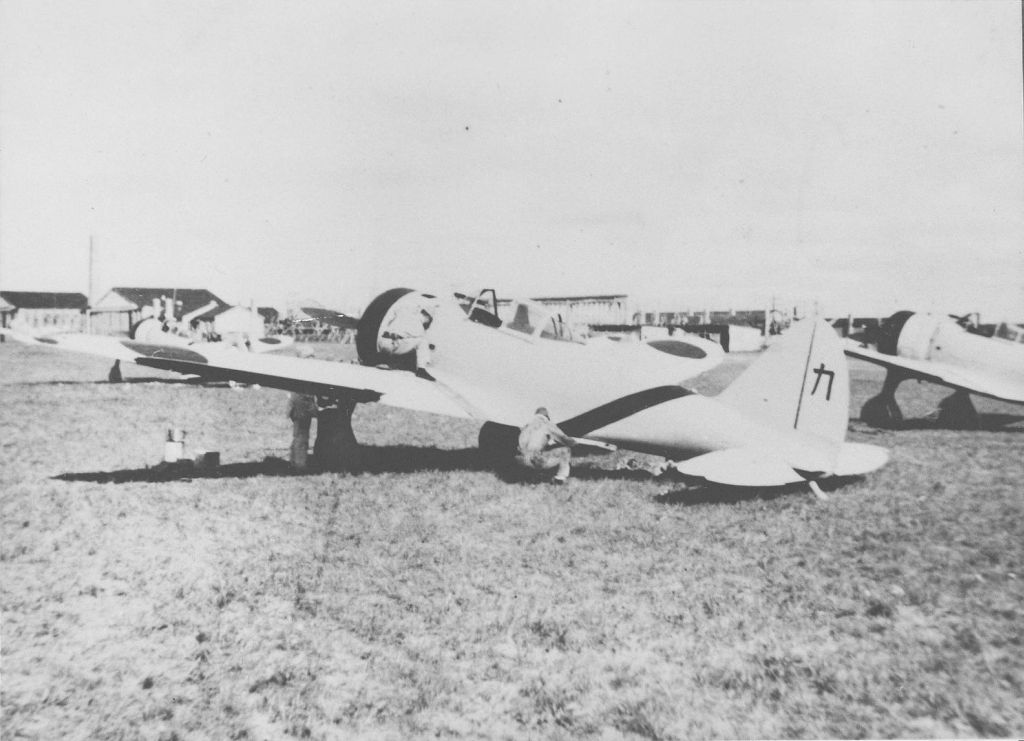
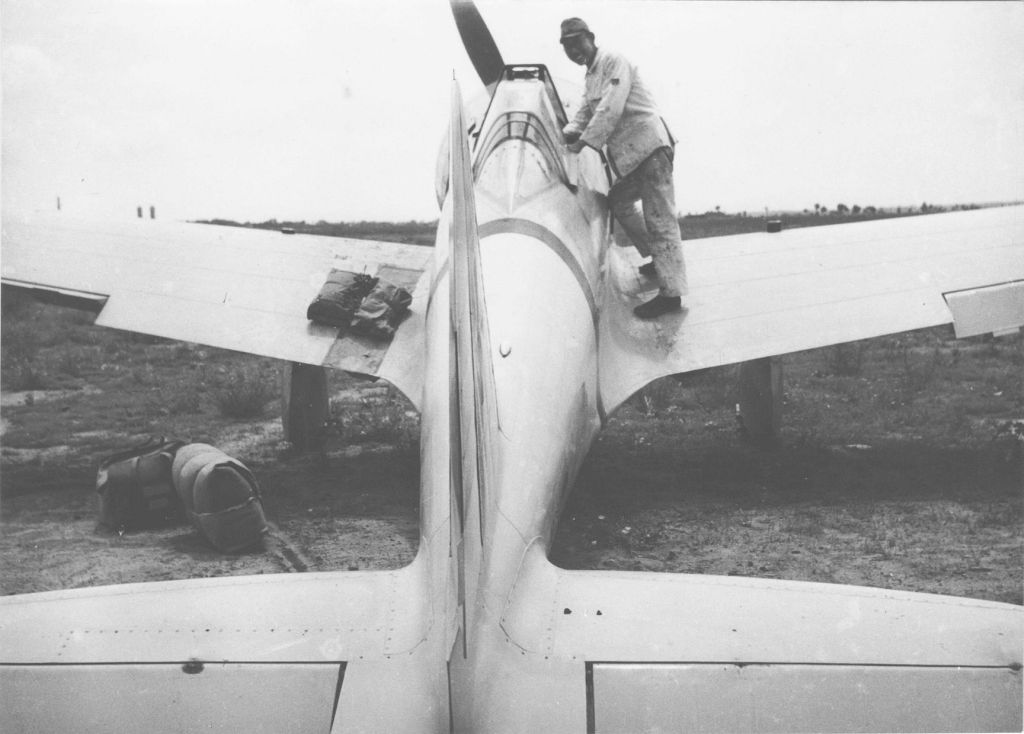


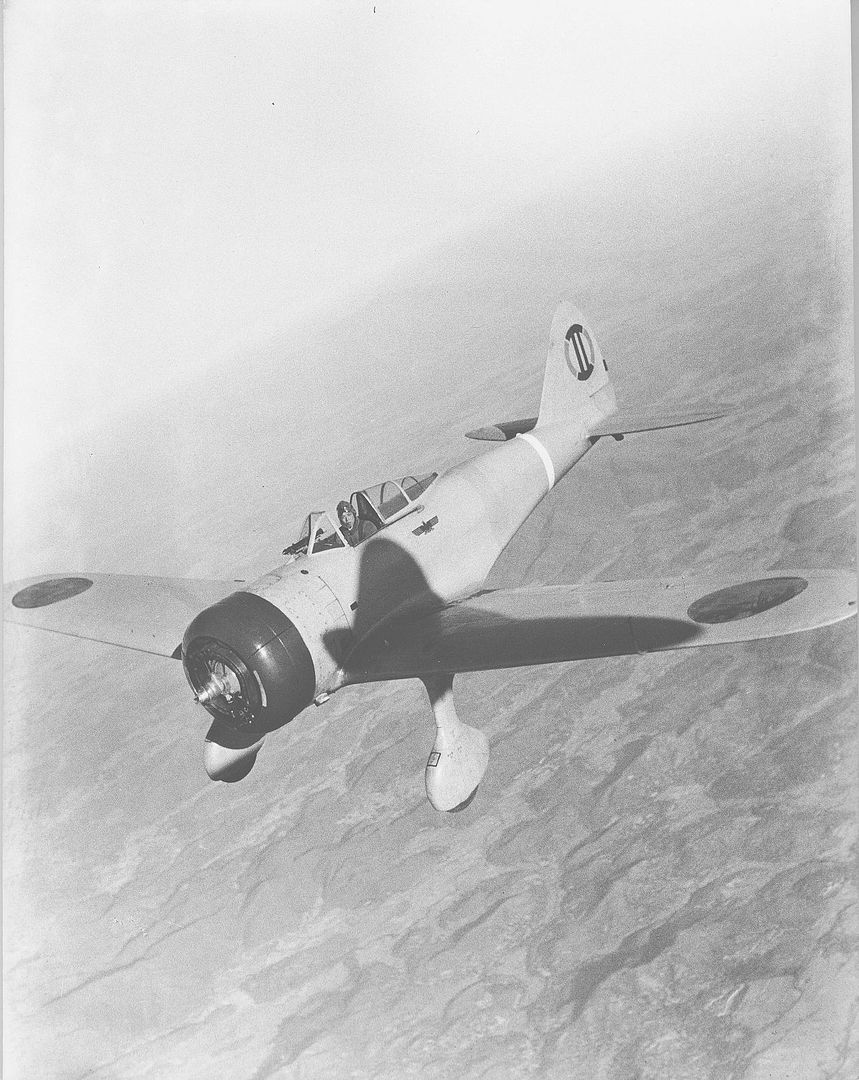
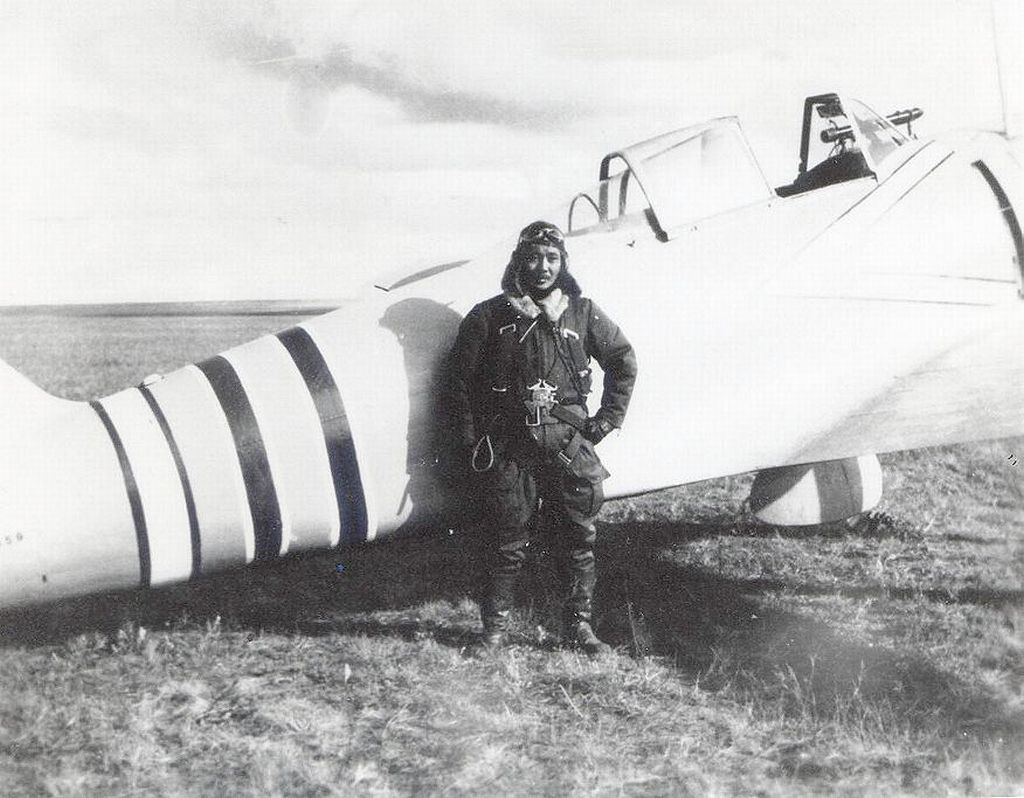
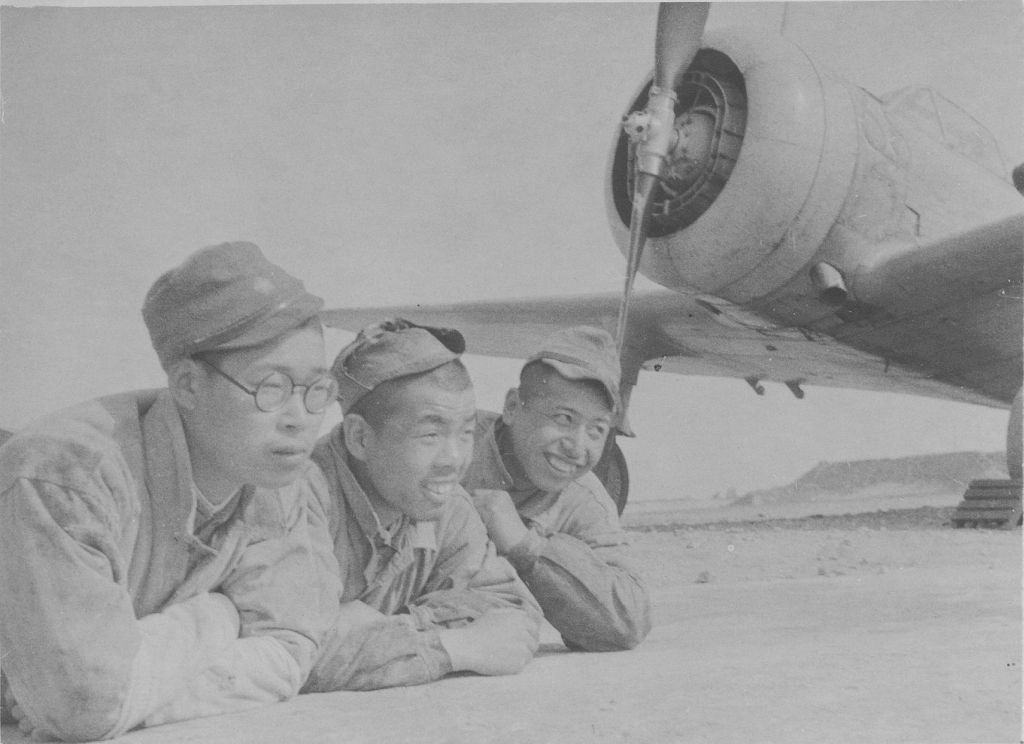
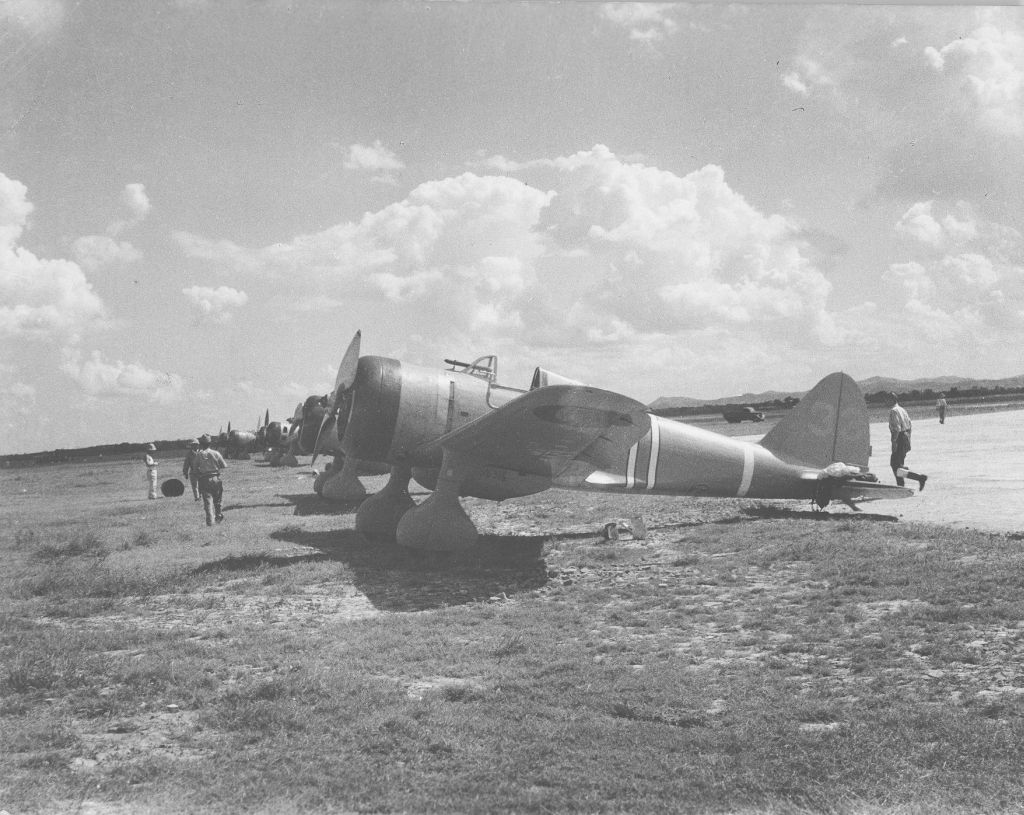
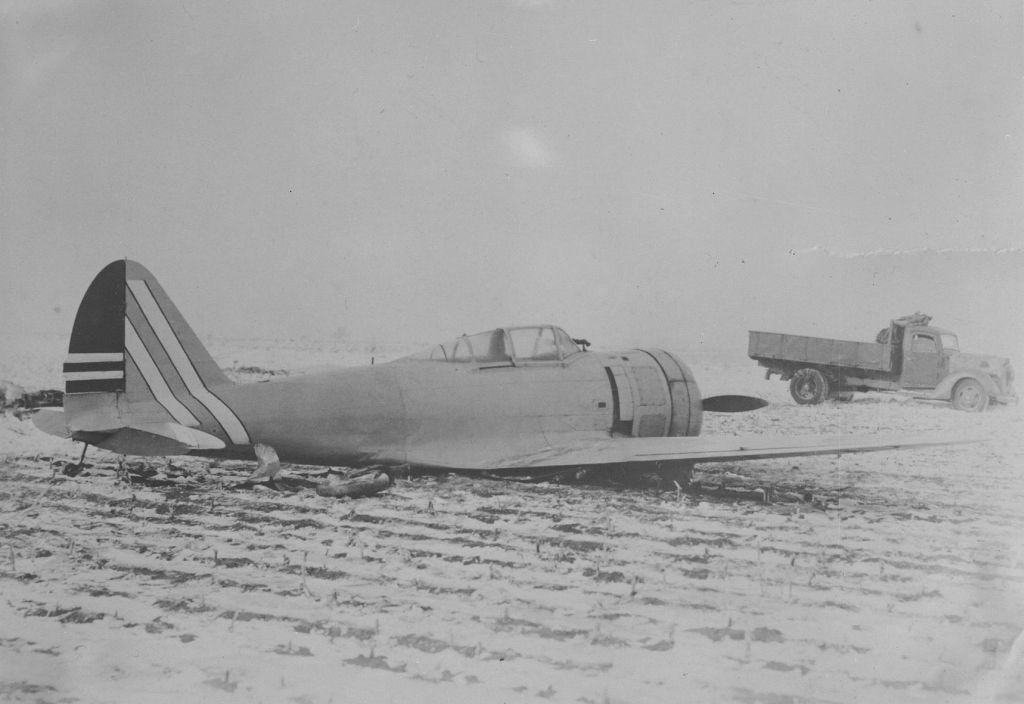
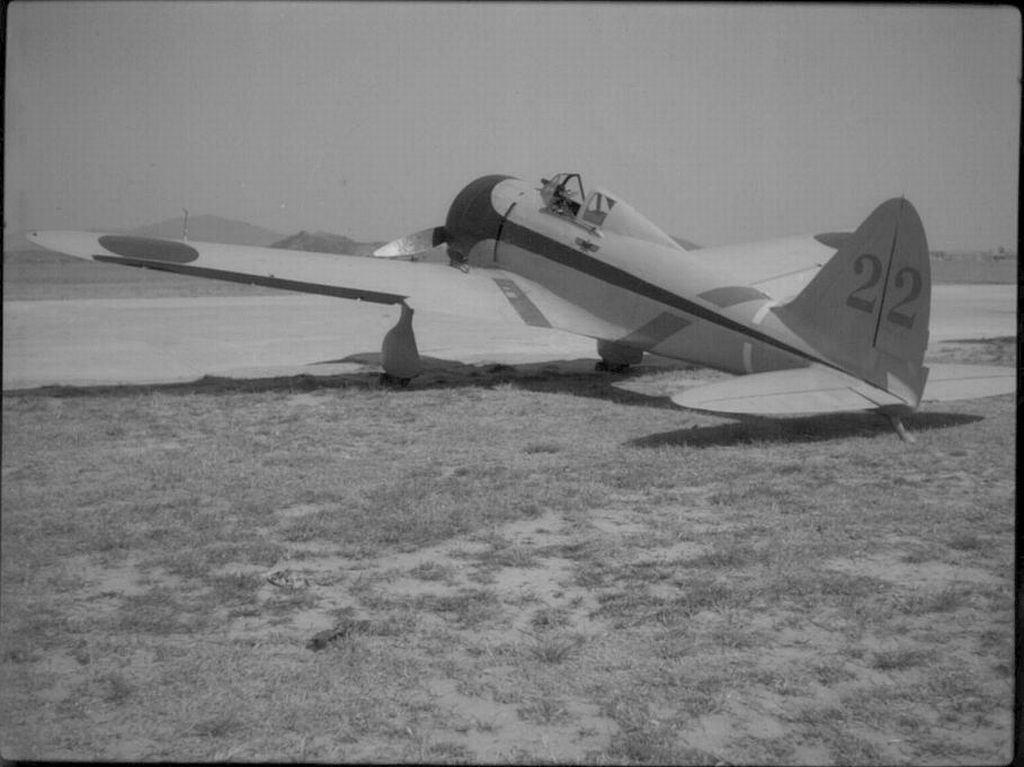
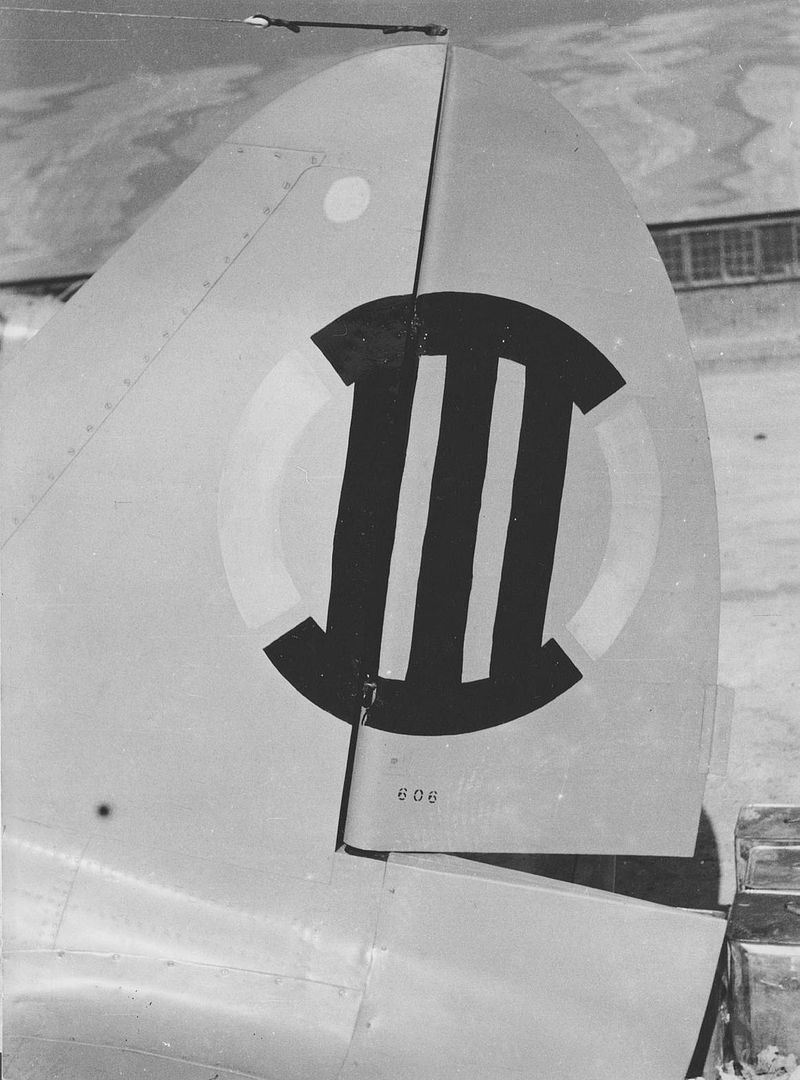

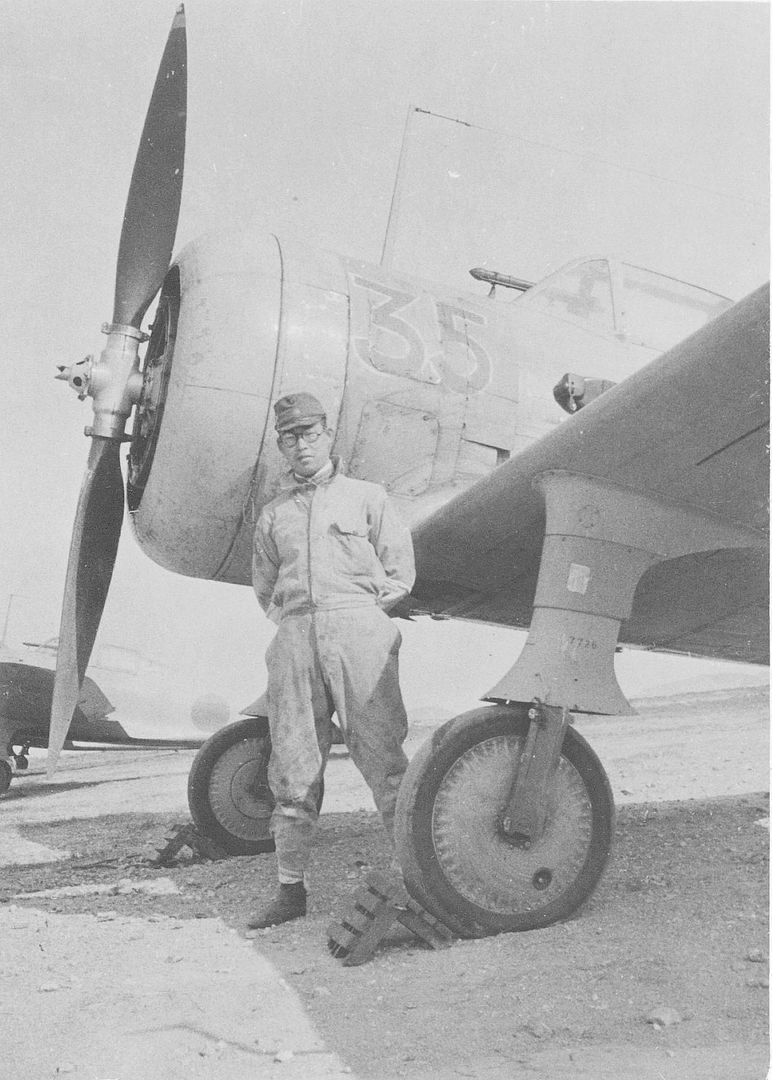
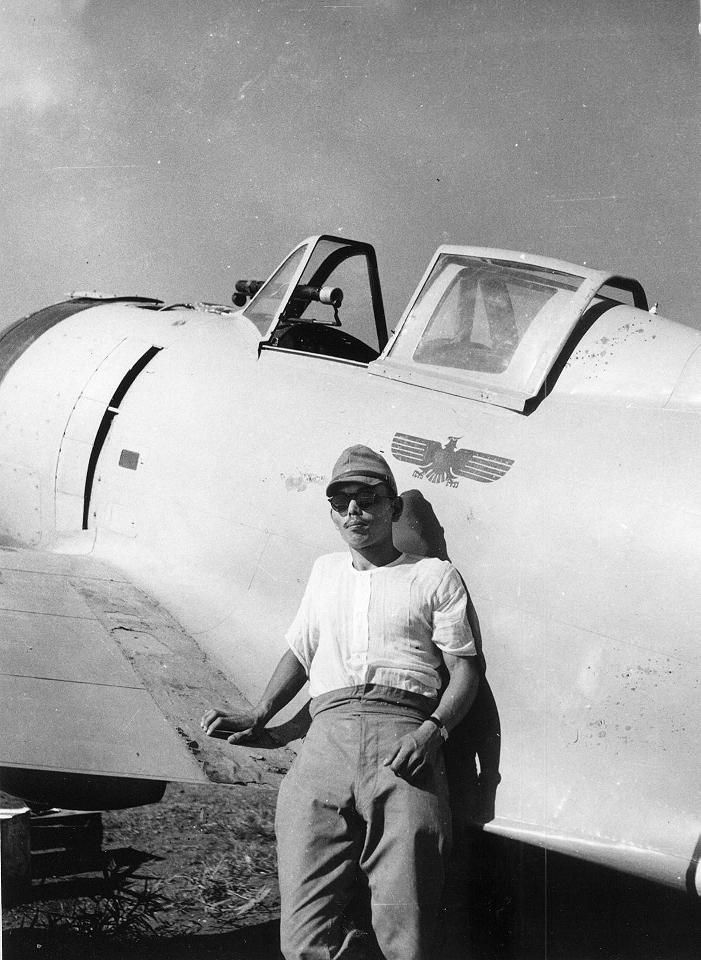
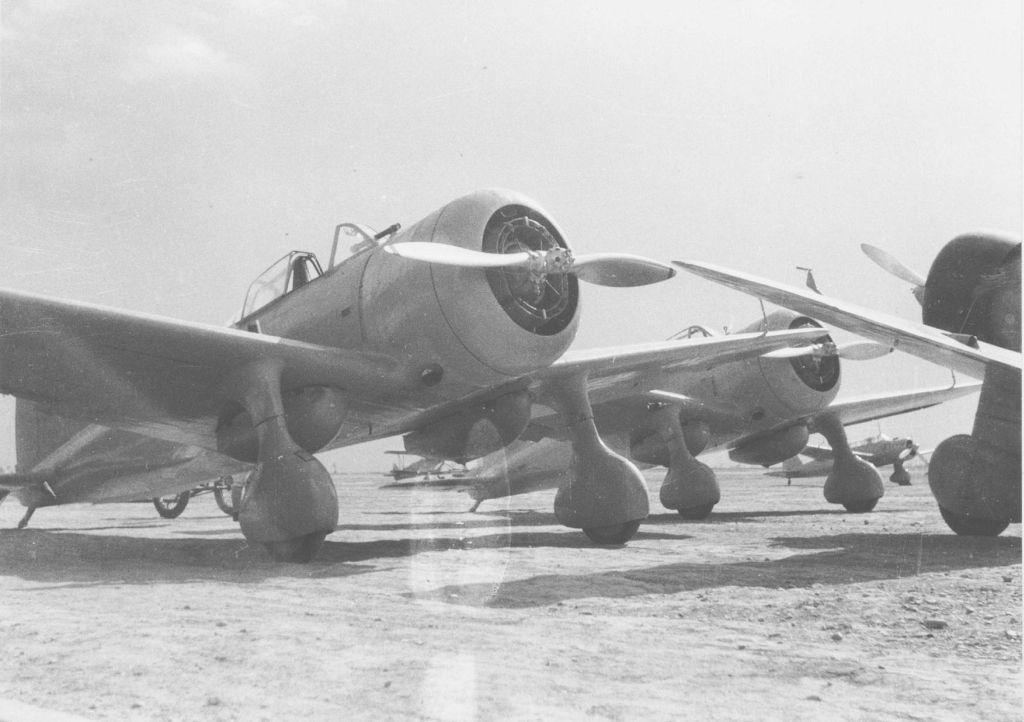
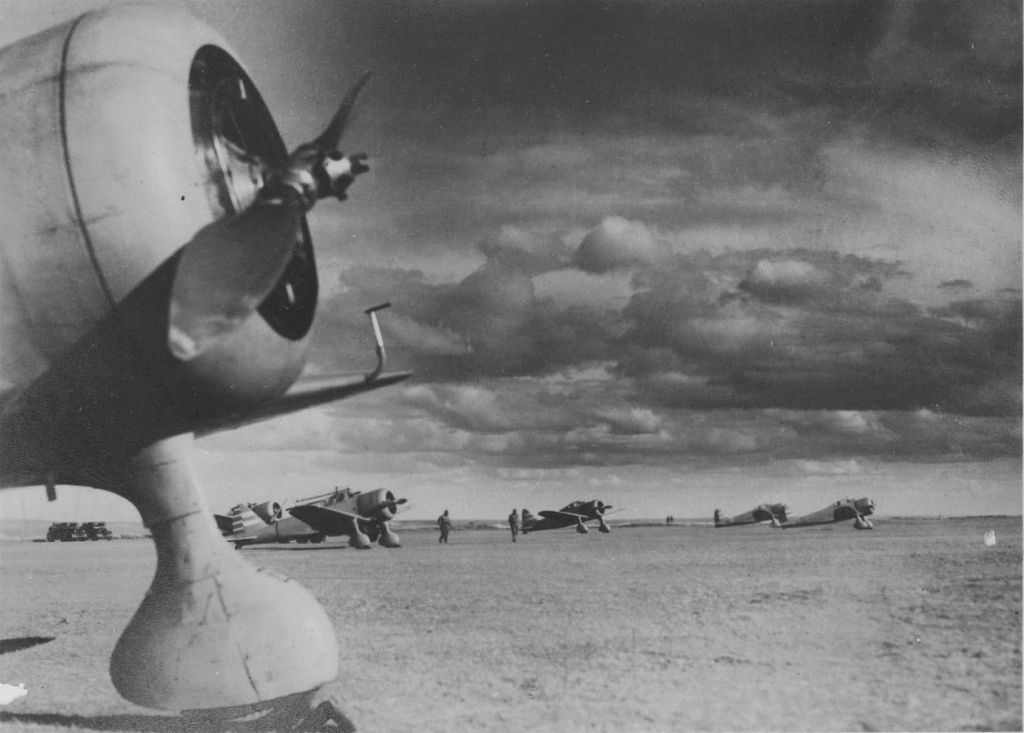
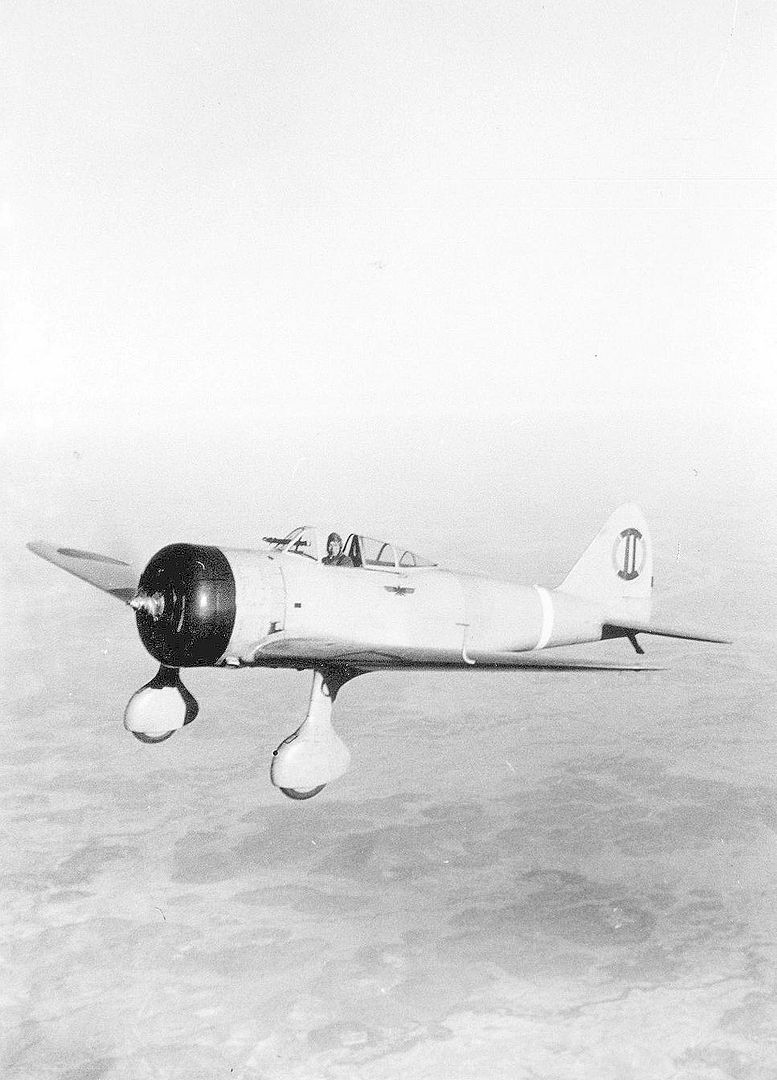
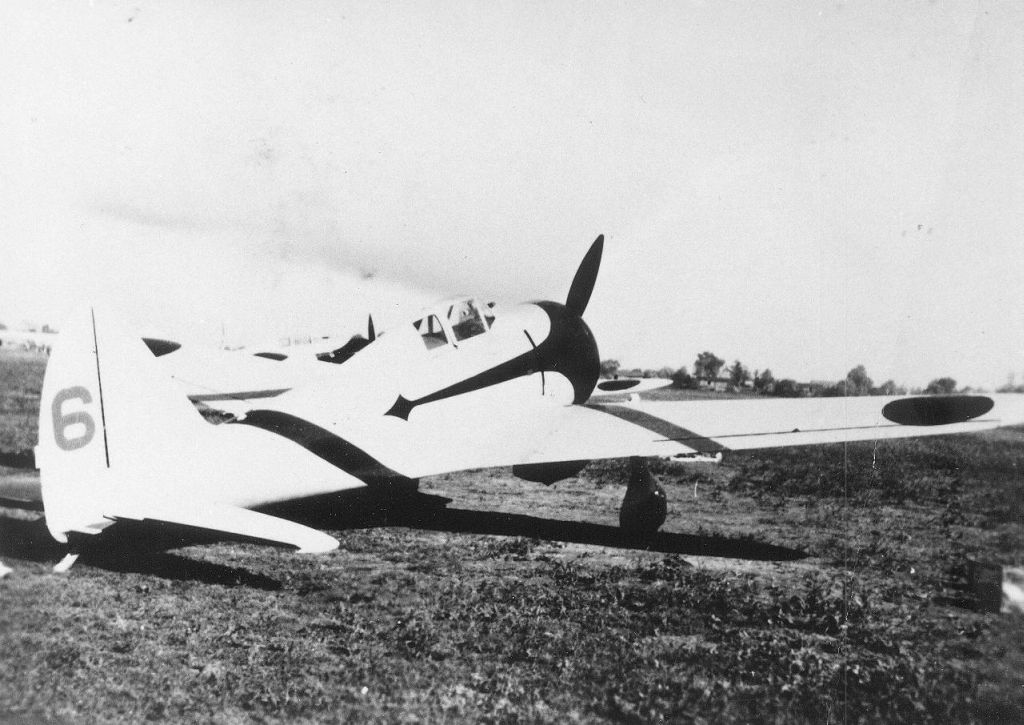
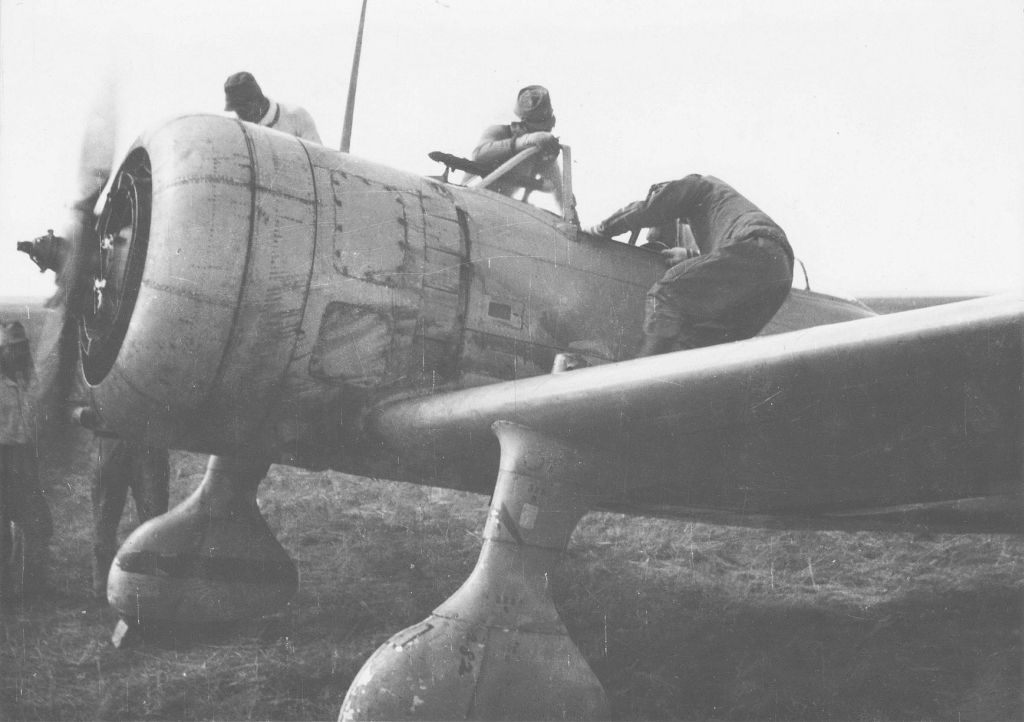
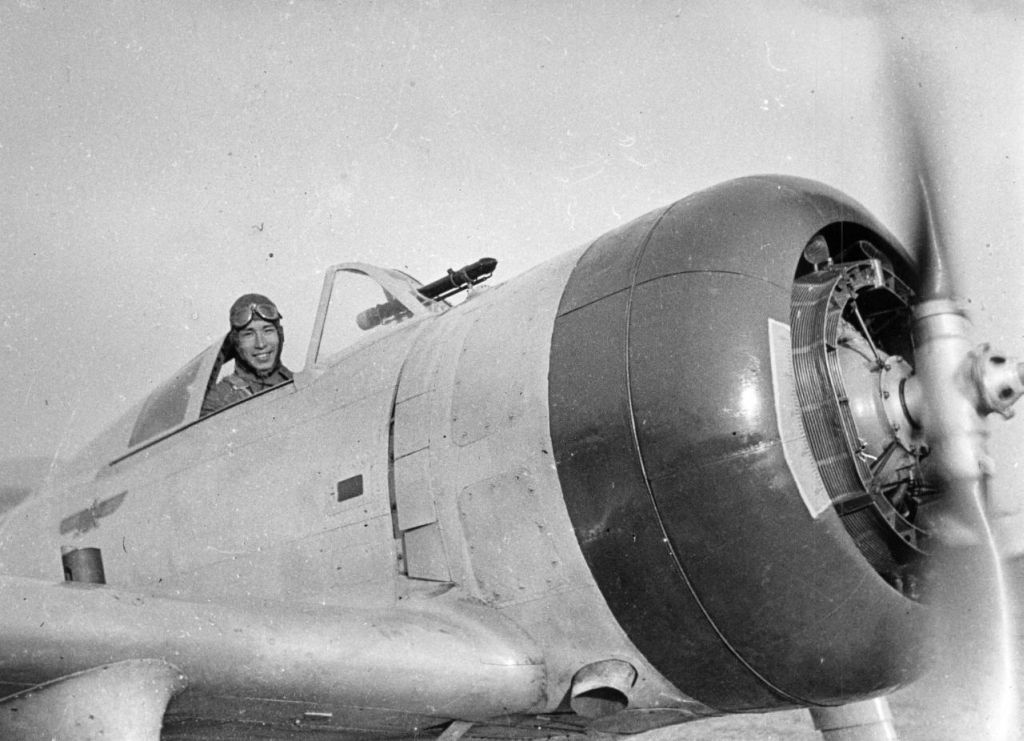
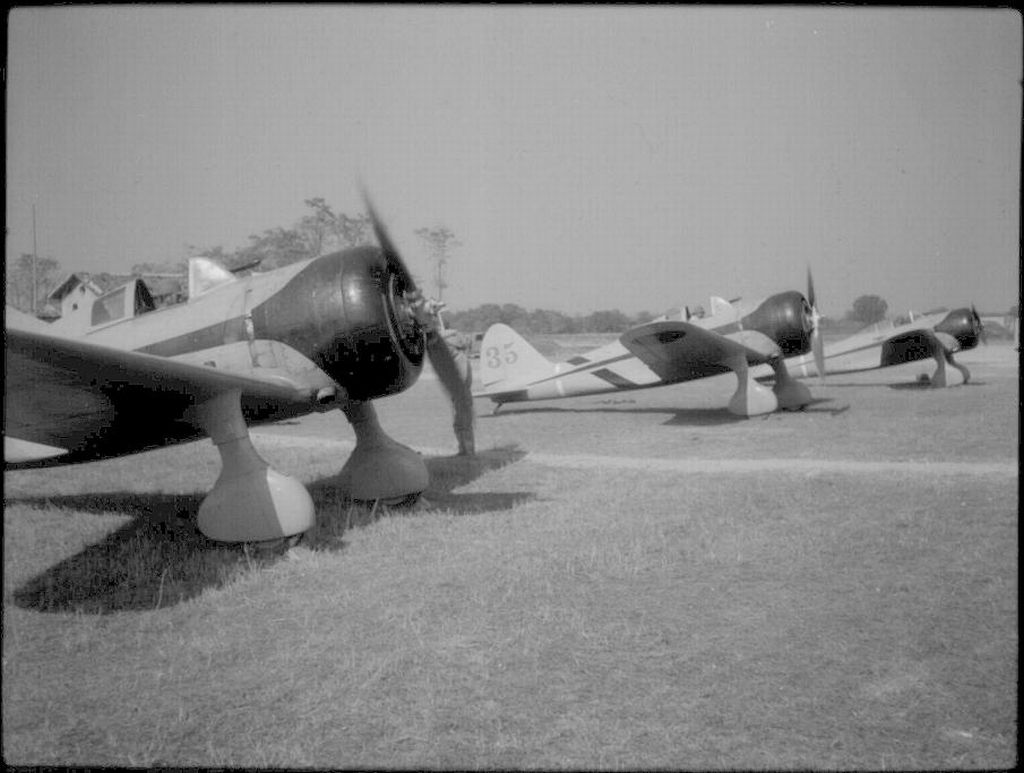
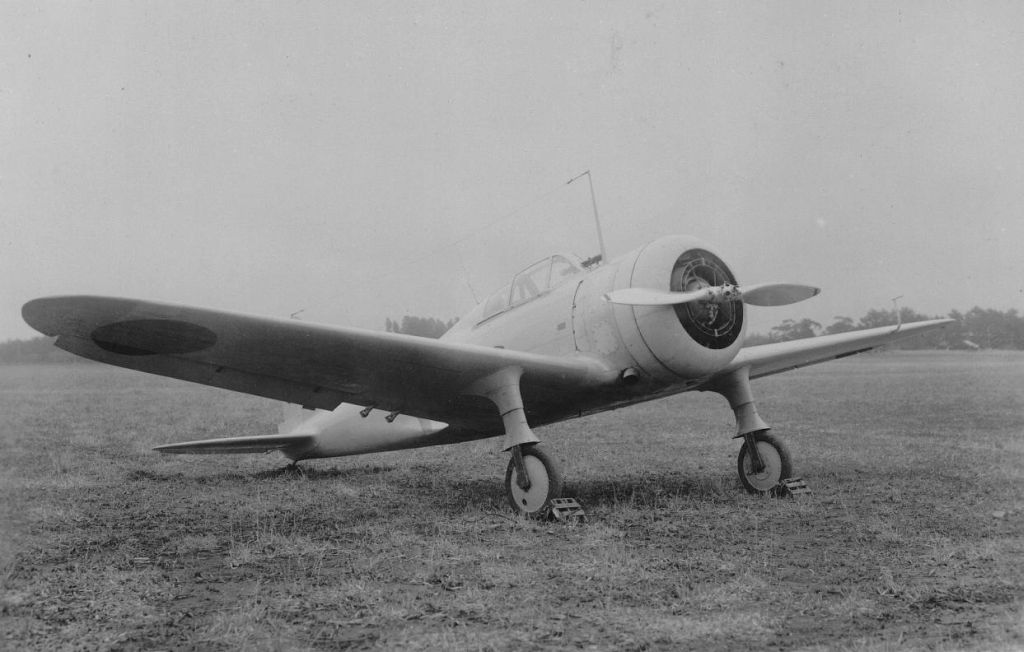
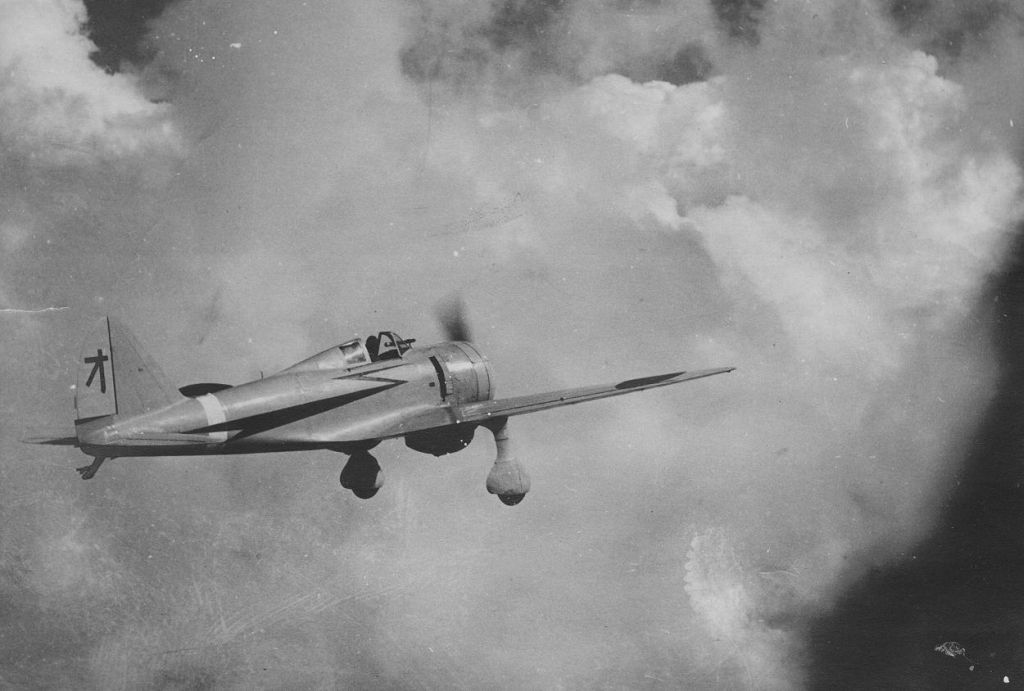
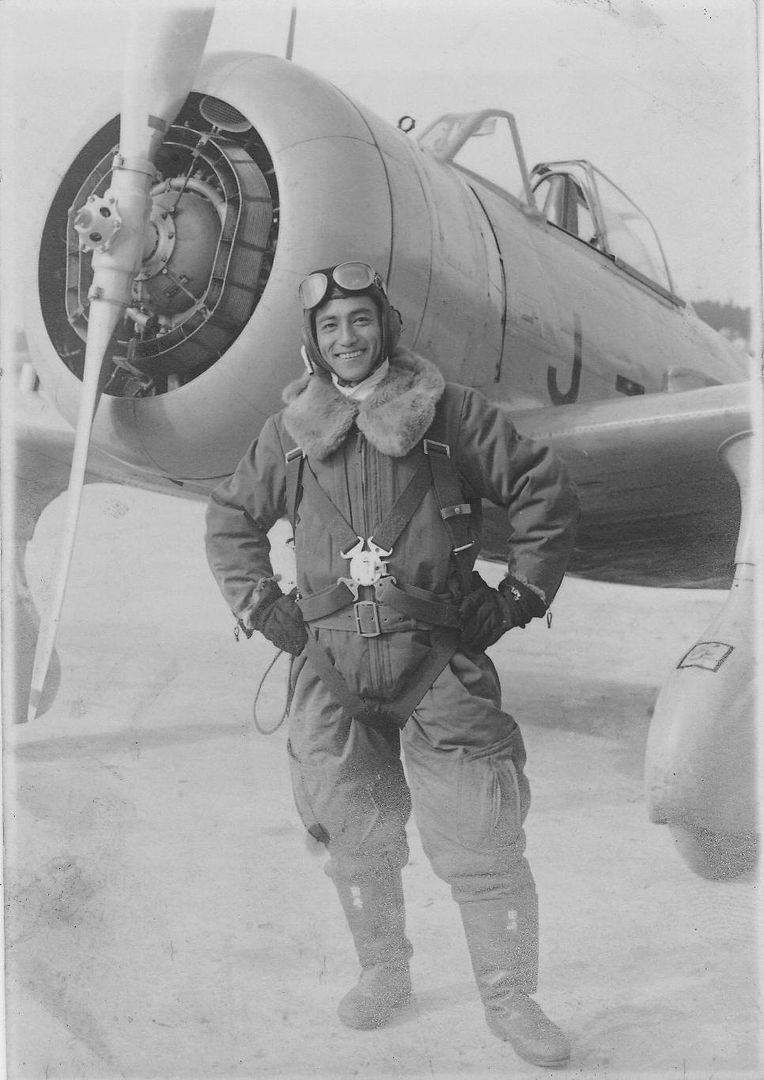
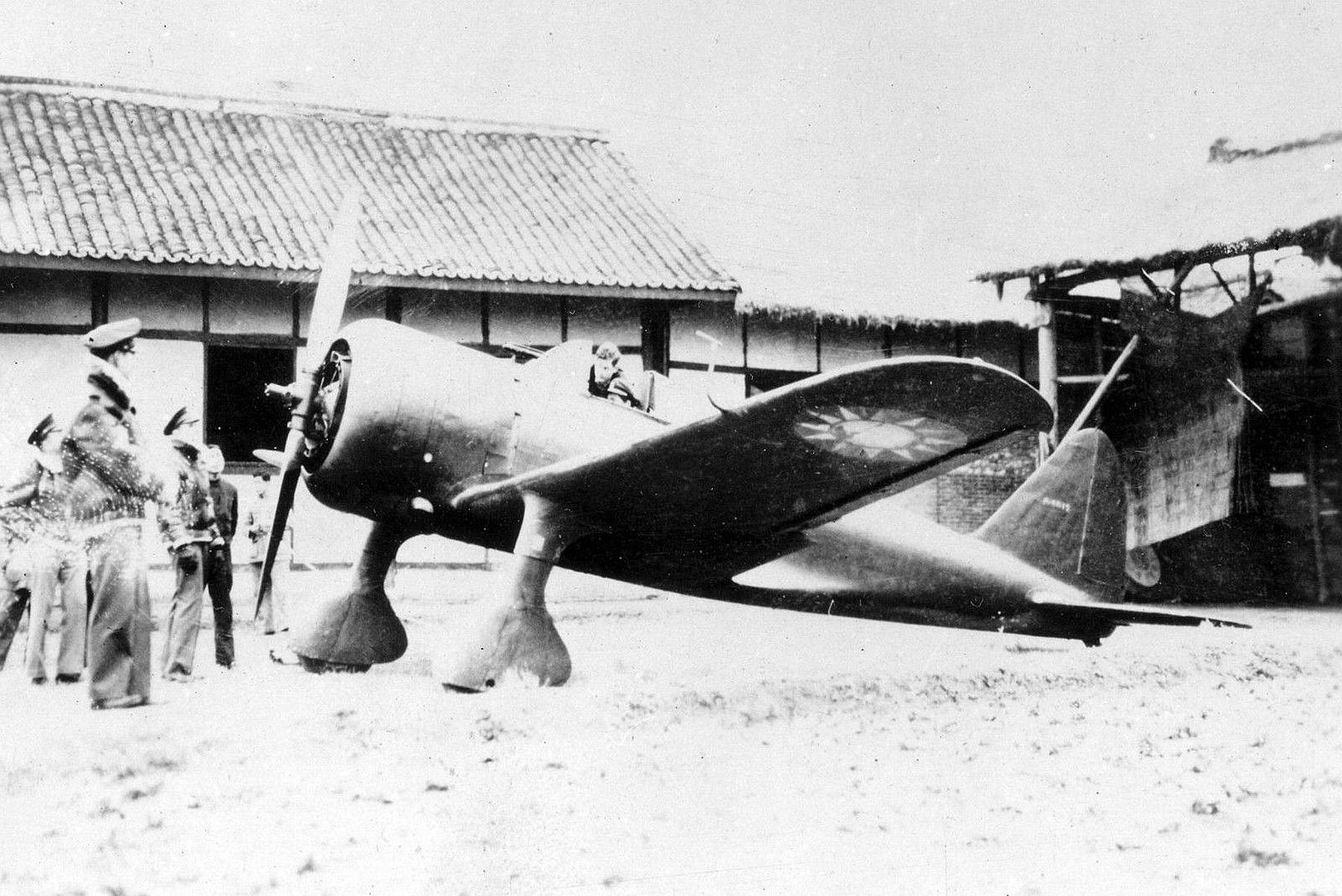

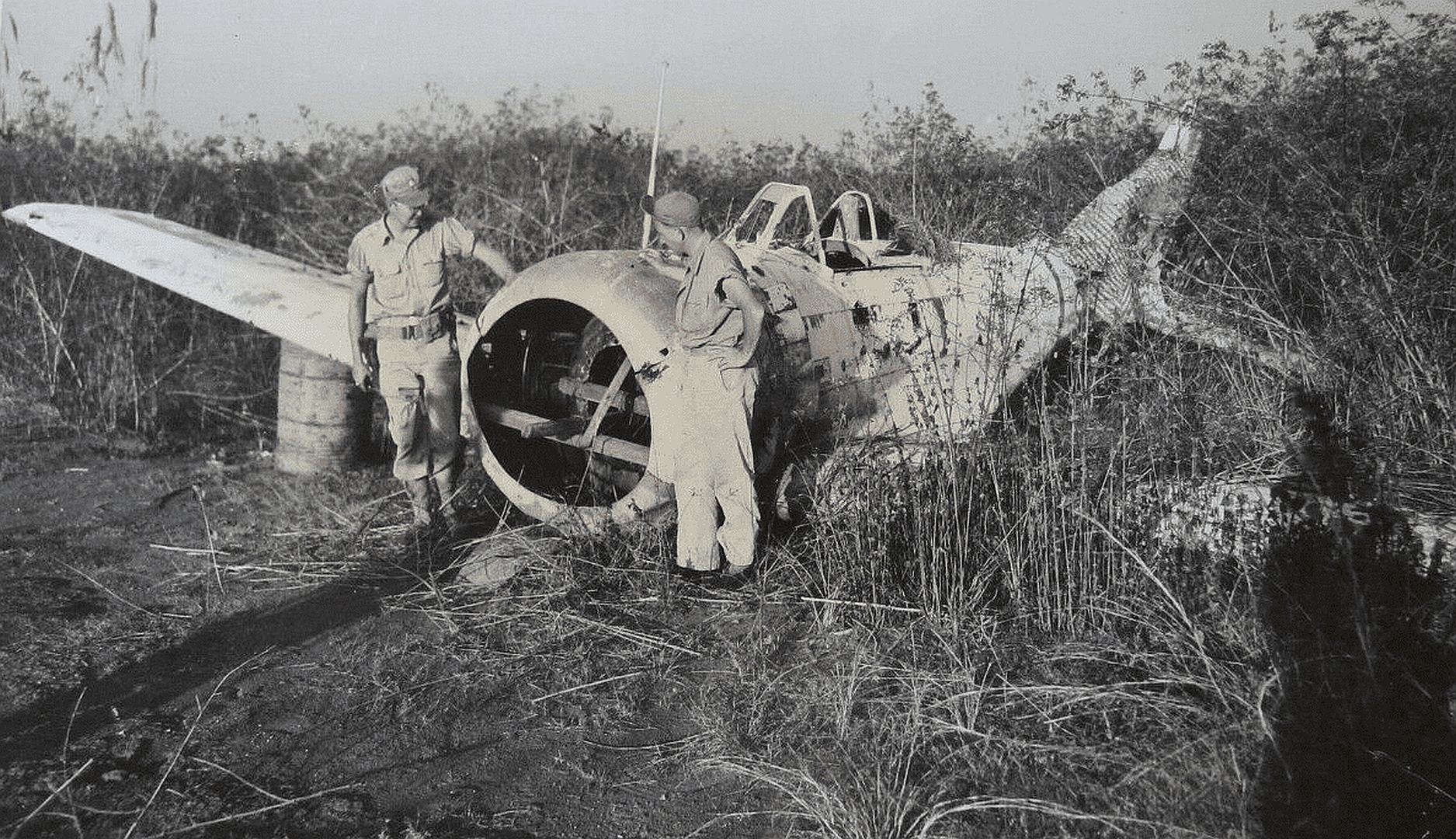
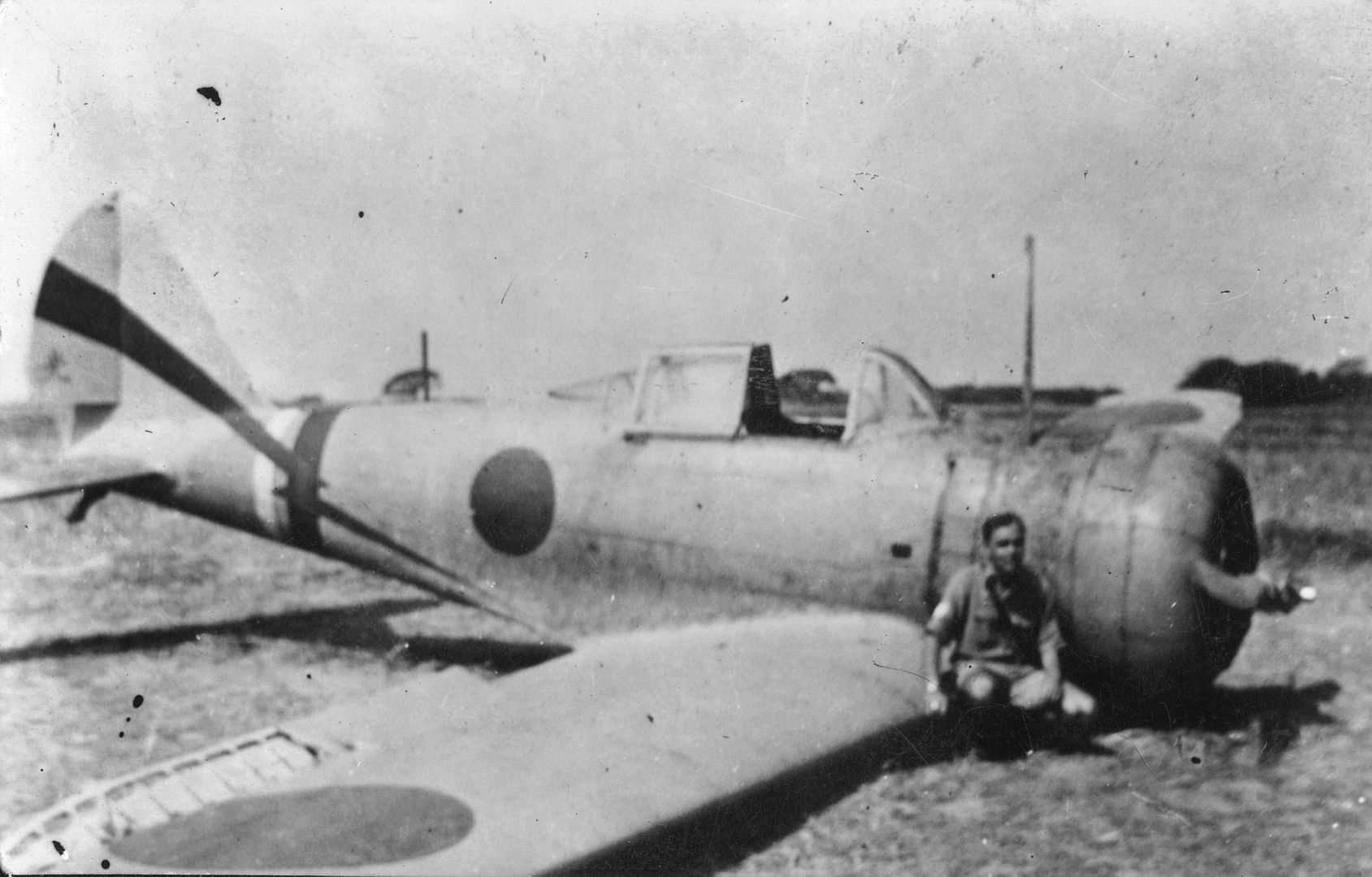
Regards Duggy. -
12 years ago
 Adminone more:
Adminone more:
-
12 years ago
 Admin
Admin
-
12 years ago
 Admin
Admin


-
12 years ago
 Admin
Admin
-
 Level 7Nice! Wonderful photos
Level 7Nice! Wonderful photos
-
 Level 1Just curious....are there any descriptions of the photos shown?
Level 1Just curious....are there any descriptions of the photos shown? -
12 years ago
 Main AdminIf location serial#, pilot, Squadron etc etc is known it will be added to the photo!!
Main AdminIf location serial#, pilot, Squadron etc etc is known it will be added to the photo!!
Right click & save as !!
Regards Duggy & welcome too A&A
Post a reply
- Go to Previous topic
- Go to Next topic
- Go to Welcome
- Go to Introduce Yourself
- Go to General Discussion
- Go to Screenshots, Images and Videos
- Go to Off topic
- Go to Works in Progress
- Go to Skinning Tips / Tutorials
- Go to Skin Requests
- Go to IJAAF Library
- Go to Luftwaffe Library
- Go to RAF Library
- Go to USAAF / USN Library
- Go to Misc Library
- Go to The Ops Room
- Go to Made in Germany
- Go to Campaigns and Missions
- Go to Works in Progress
- Go to Juri's Air-Raid Shelter
- Go to Campaigns and Missions
- Go to Works in Progress
- Go to Skinpacks
- Go to External Projects Discussion
- Go to Books & Resources
